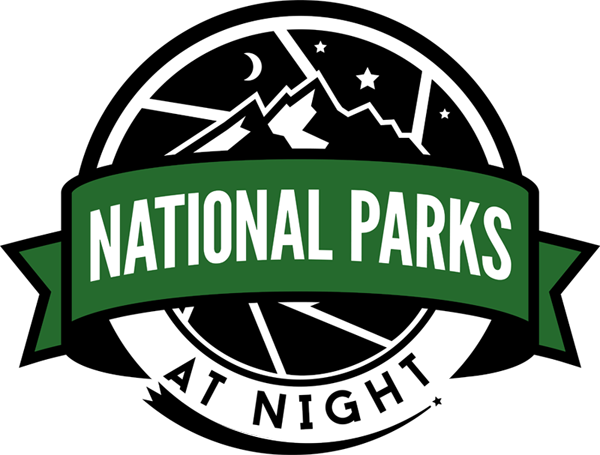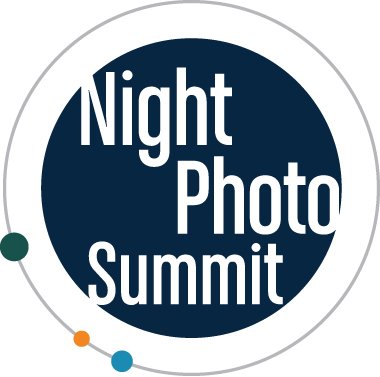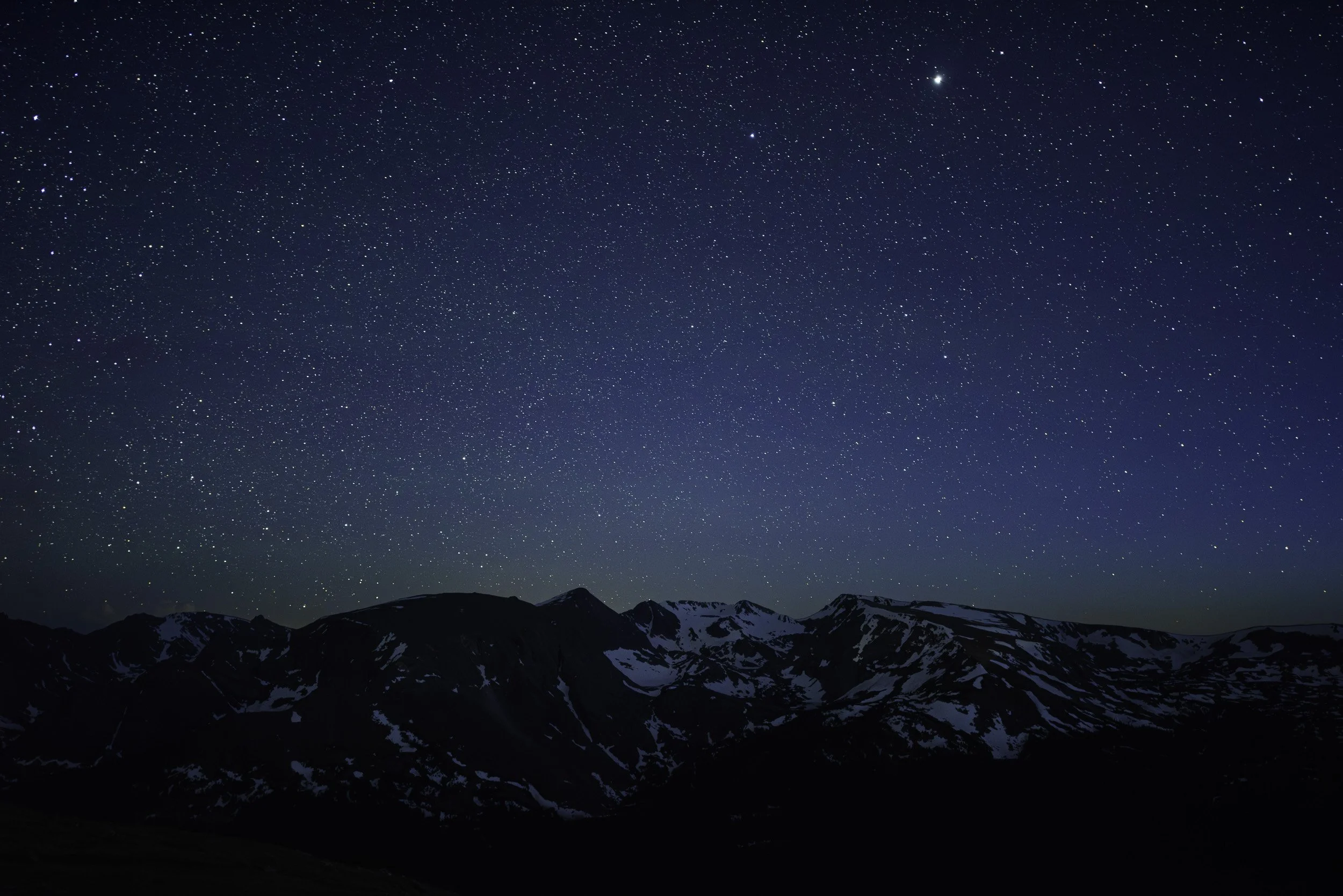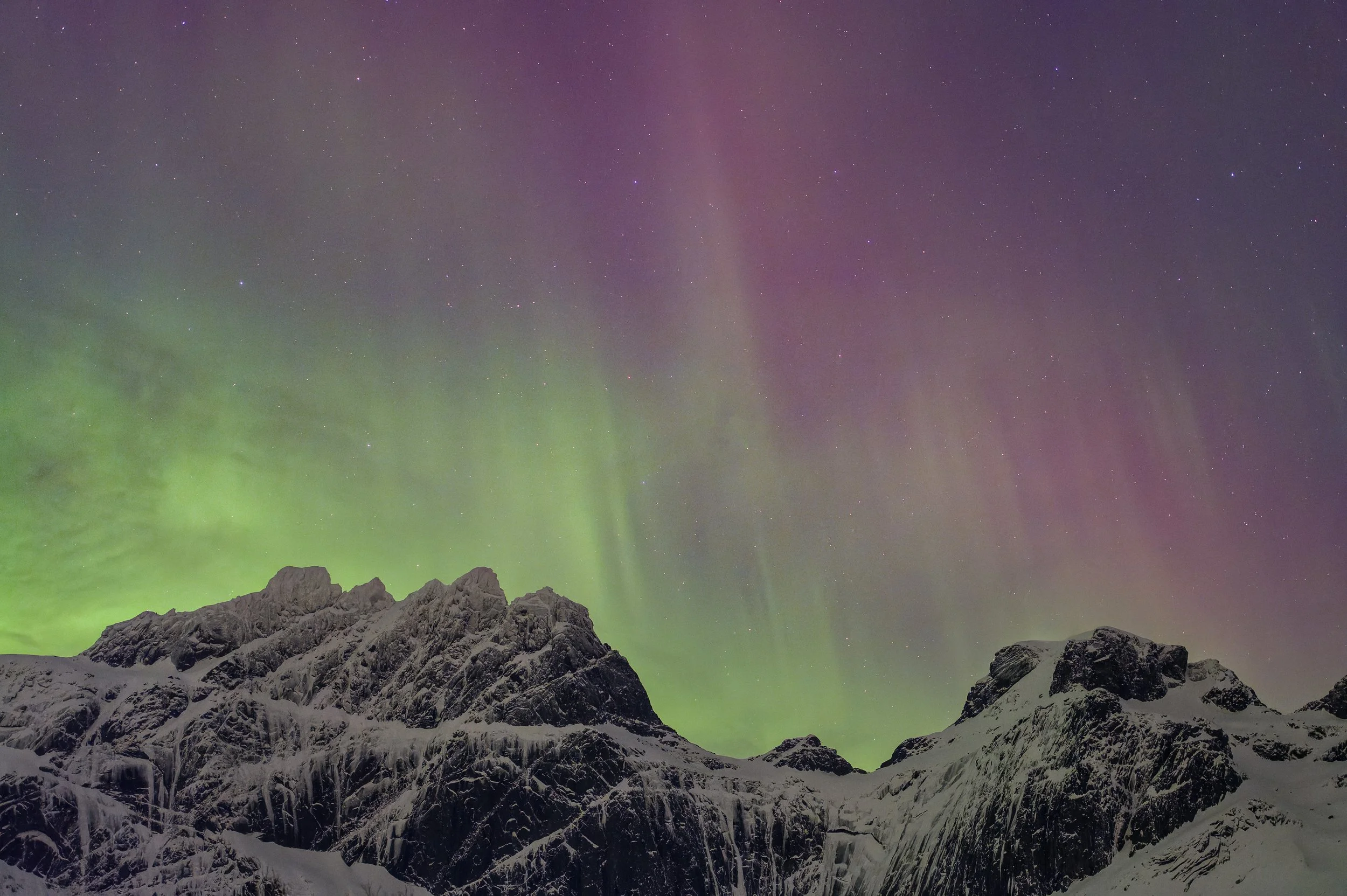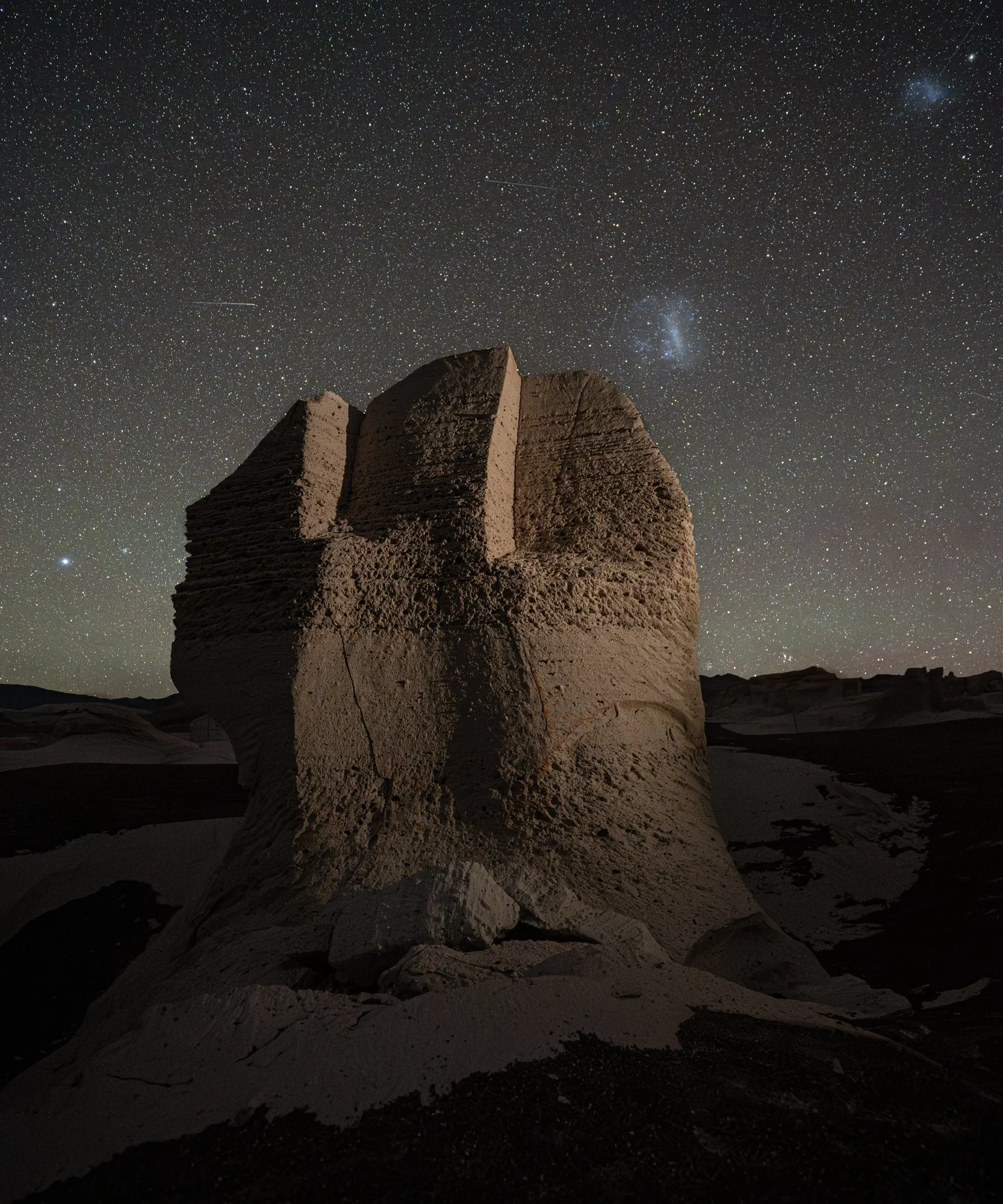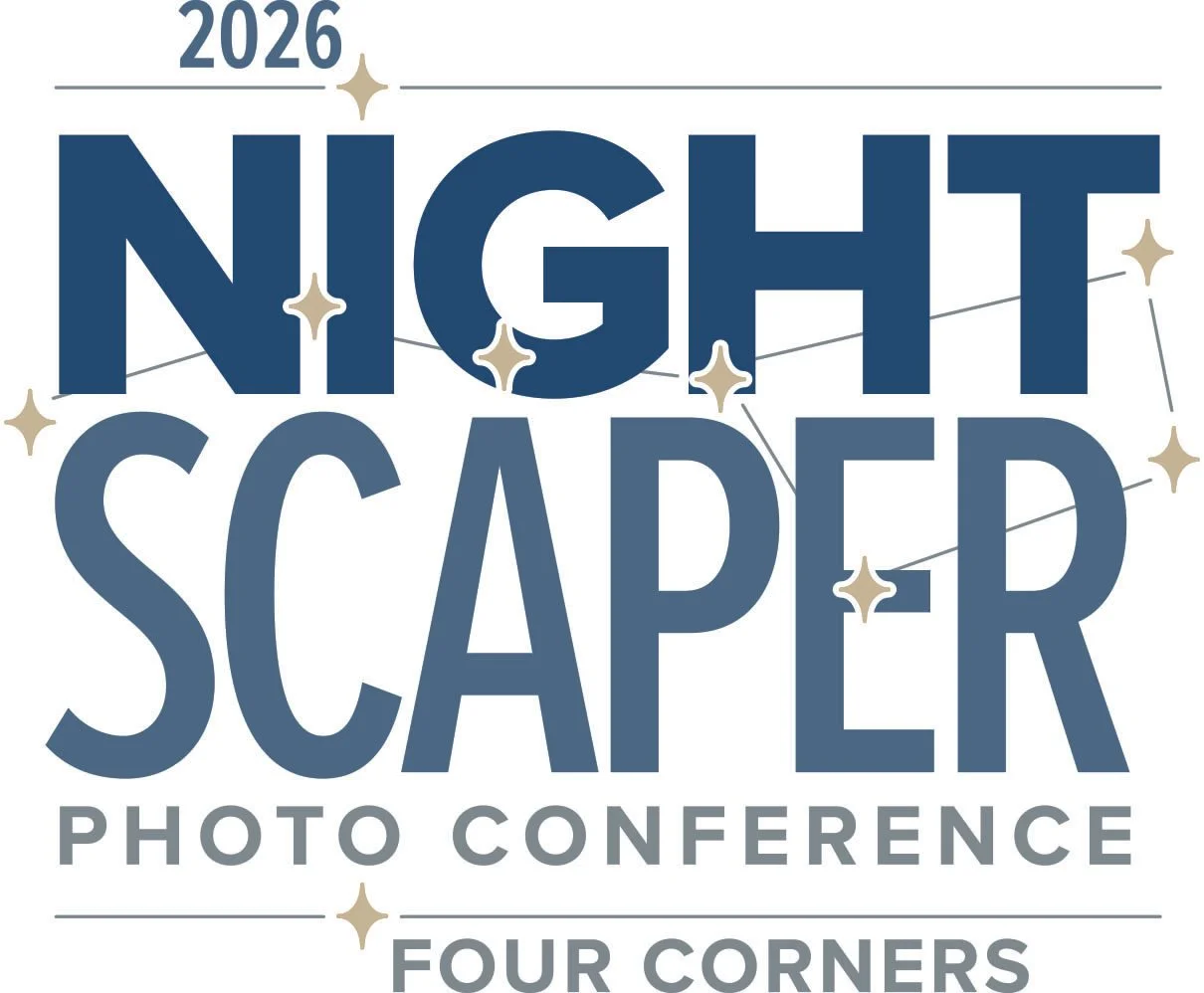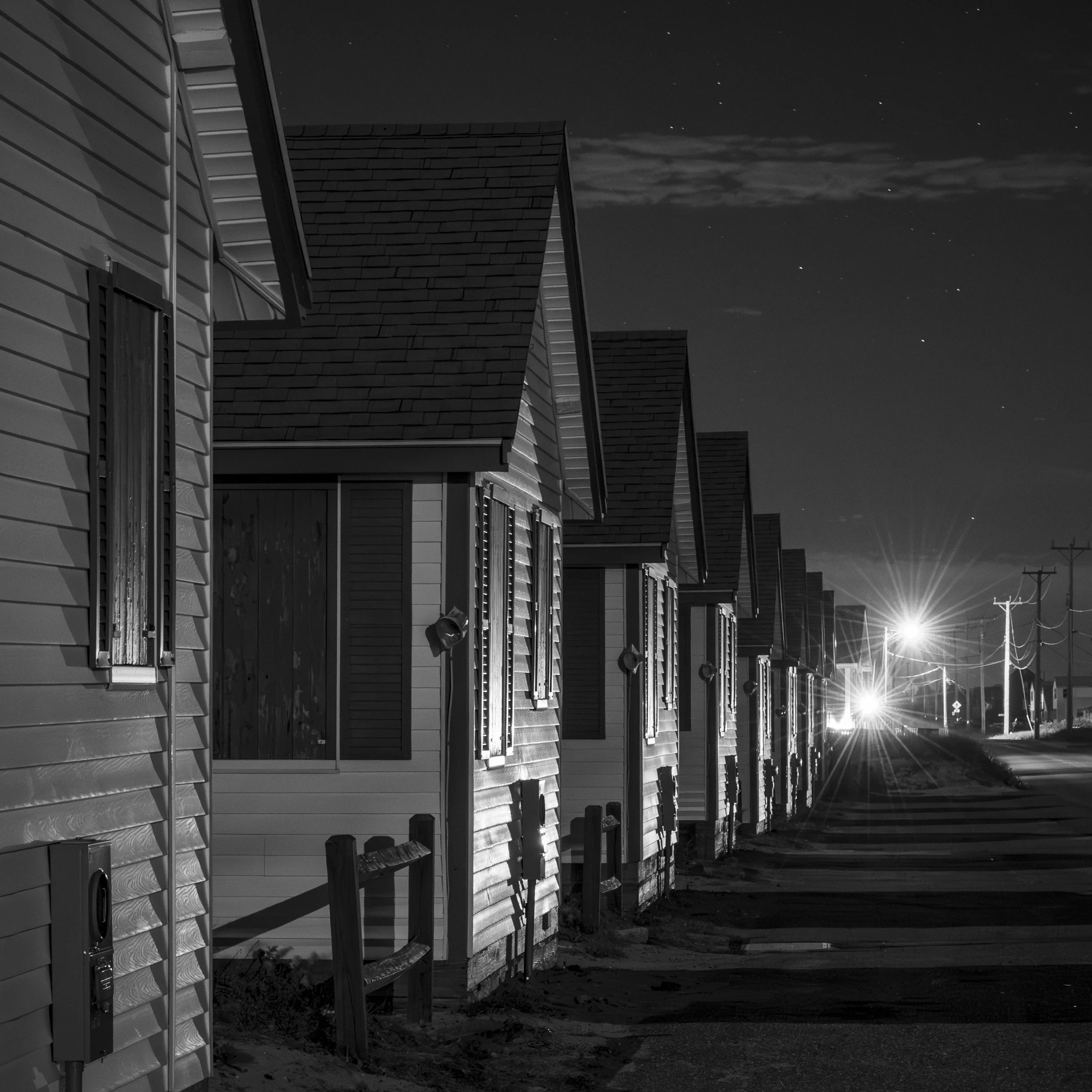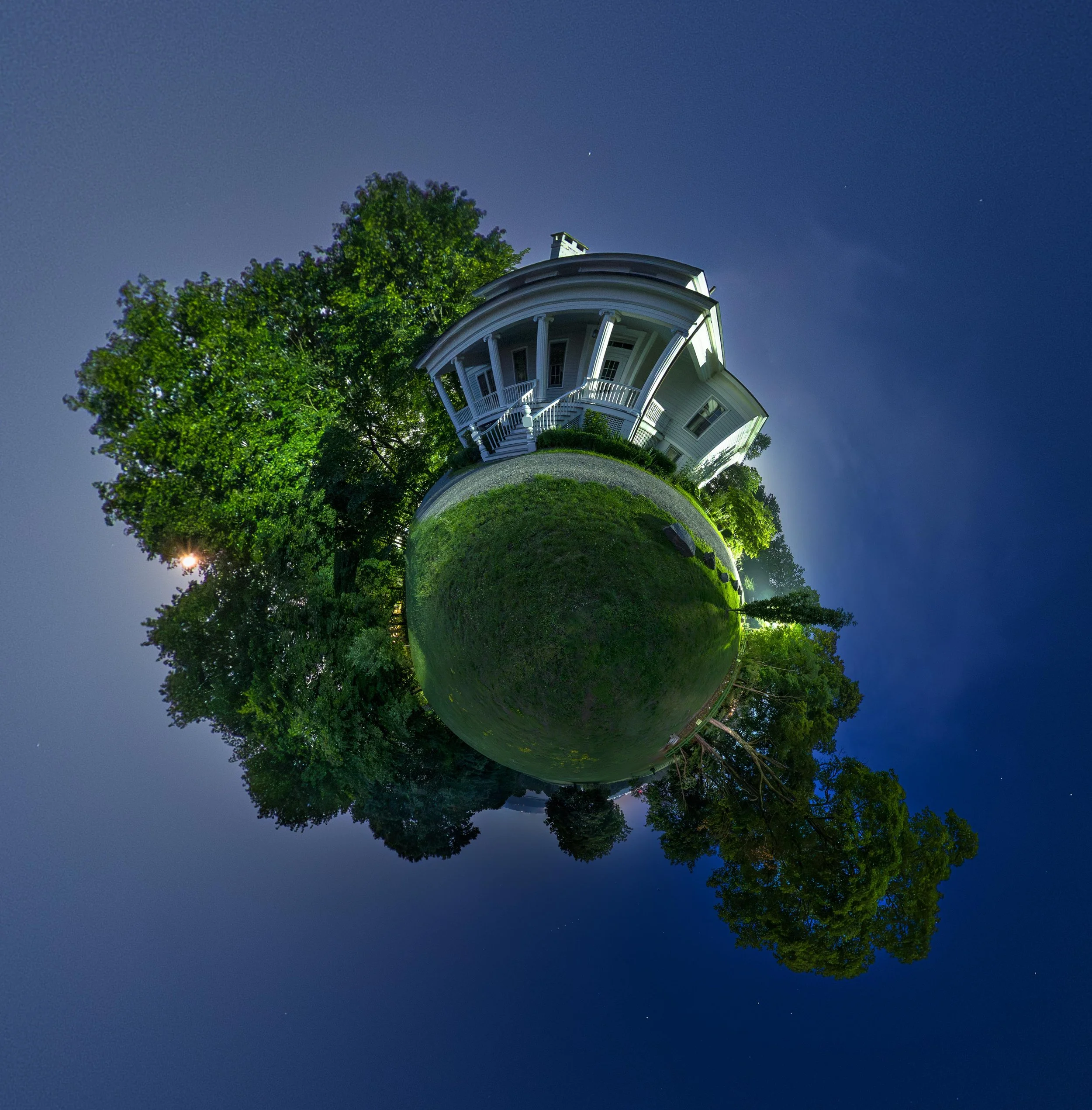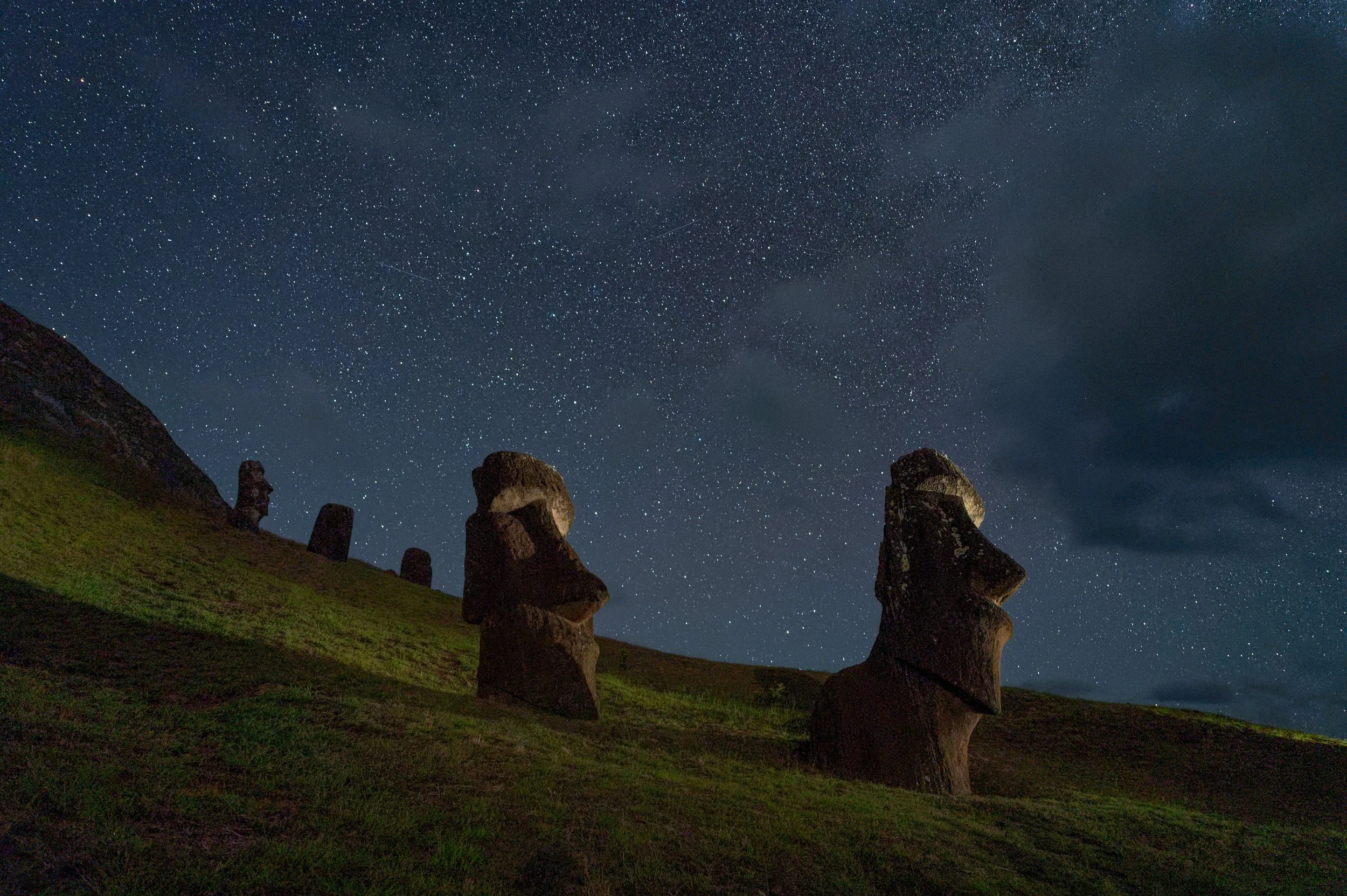Humankind has been fascinated with the moon since the birth of photography. One of the first things that was attempted during the daguerreotype days was to try to record the moon in all its detail. John Williams Draper was the first to successfully mount a camera box onto a handmade telescope and track a full moon for 20 minutes using a heliosat.
Oldest surviving image of the moon. John Williams Draper, 1840.
That print from 1840 has unfortunately sustained extensive damage and now looks like a bubbly surreal etching. But this effort kick-started astrophotography, and we have many remaining images of our satellite from that early era. The first detailed images are credited to John Adams Whipple, who starting in 1849made daguerreotypes of the moon using the telescope at the Harvard College Observatory in Cambridge, Massachusetts. Other early successes include an image by Henry Draper (John’s son), shot from Hastings-on-Hudson, New York, in 1863.
"View of the Moon,” by John Adams Whipple, 1852.
“Photo of the Moon,” by Henry Draper, 1863.
Modern Moon Photography
Photographically speaking, the moon is closer than ever before, so how can we improve our moon shots before we start colonizing?
The three things to consider when shooting the moon are:
- the phase (as it relates to brightness)
- cycle (angle)
- elevation (how high is the moon in the sky?)
Also remember that moonlight is actually sunlight reflecting off a gray surface—so it’s pretty bright. Most of the time the tricky part is that the moon is brighter than the rest of the scene. For this blog post, we will focus on shooting the moon while it is full and most luminous.
Exposure
The Looney 11 Rule continues to be a great starting point for figuring out the correct exposure for a craterlicious moon. The rule is:
For astronomical pictures of the moon’s surface, set your aperture to f/11 and match the shutter speed to your ISO.
For example: 1/125, f/11, ISO 100.
However, please remember—and I can’t stress this enough—that the formula above does not always give you an exact correct exposure, but rather a starting point. Use the formula to get an exposure that will likely be close, and then adjust to precision using your histogram as a guide.
Gear
One challenge to consider is that ideally you need a long lens to focus in and get close to the moon. How many of you have taken pictures of a little while circle in the sky? Minimally, I’d use a lens that can get to 300mm, but the closer the better!
We were very fortunate at our “Blue Supermoon” workshop in Biscayne National Park in January, as Nikon sent us their majestic telescope of a lens, the 800mm f/5.6. This is currently Nikon’s longest lens. The 800mm generally attracts the high-end market of wildlife and sports photographers, but for shooting the moon, nothing else of this quality gets you closer. The lens comes with a matched 1.25X teleconverter that, when mounted, makes this a 1000mm lens!
We still didn’t think that was close enough, so we attached the lens to Nikon’s top APS-C camera, the D500. The crop sensor on the D500 turned our 1000mm lens into a 1500mm! Talk about extreme close-up!
The moon photographed at a focal length of 100mm.
… 300mm.
… 1200mm.
… 1500mm.
The challenge we encountered with the 1500mm-equivalent lens is that it was very big and heavy. We mounted it to a Wimberley Gimbal head on a Gitzo mountaineer tripod. This allowed us more precise control so that we could easily track the moon, as the magnification caused it to be out of the frame in just about a minute. Even mounted on this rig the lens would easily shake in the breeze, so later in the evening we added a second tripod (a Gitzo 3543) under the lens hood for two-point contact and stability.
Henry Draper’s setup in 1863 versus ours in 2018.
Freezing the Action
Which brings me to the next factor when photographing the moon: If you are shooting handheld or with a large lens (400mm or longer), then your shutter speed should match your focal length. We found the shutter speed of 1/1000 to be acceptable for our setup, which (per the Looney 11 Rule) meant we had to boost our ISO to 1000.
Craterlicious moon, Biscayne National Park. Nikon D500 with a Nikkor 800mm f/5.6. 1/1000, f/11, ISO 1000.
Find a Foreground
If you want to level up your moon game, the next challenge is finding a foreground for the moon to intersect or play against. This will give more context and tell a better story about your lunar experience.
In order to do this you’ll need to do some planning. The best tool to help with this is the PhotoPills app. You can go into the Planner mode, drop your pin anywhere in the world and see where and when the sun and moon will rise and set in that exact location on any day of the year.
When I was scouting to shoot a supermoon in late 2016 (below), using PhotoPills I could see the time and path of where the moon would rise. I was interested in having it intersect with an icon of New York City. So I dropped my pin at various positions until I found the best pier at South Street Seaport to see the moon rise through the Brooklyn, Manhattan and Williamsburg bridges.
I needed a 3-minute window for the supermoon to shine through the clouds and bridges, a juxtaposition of time and place that required some serious planning with the PhotoPills app. Nikon D750 with a Tamron 150-600mm f/5-6.3 lens set to 370mm. 1/2, f/11, ISO 400.
In the PhotoPills Planner mode we can see the color code of the table—light blue means moonrise, which was going to happen at 5:14 p.m. that evening (November 11). I set the pin to where I would stand and the light blue line showed the path (azimuth) of the moon from that point. (See Figure 1, below.)
Figure 1.
Figure 2.
You can use the touchscreen on your phone or tablet to move the bottom time bar back and forth to see how the path of the moon (or sun) will change throughout the day. (Figure 2.)
Shoot During Twilight
Shooting the full moon is usually most effective the day before it’s 100 percent full. That’s when the moon will be rising just before sunset, allowing you to shoot it approximately 30 minutes prior to sunset and into civil twilight. This gives you more time to photograph the moon in better and more balanced light. (For more about working at this time of day, see Tim’s excellent blog post “Out of the Blue: The Importance of Twilight to the Night Photographer.”)
The next full moon we will encounter will be next Saturday, March 31 (which, incidentally, will be our second blue moon of the year). According to PhotoPills, at my home in New York City that day the moon will rise at 7:38 p.m. and the sun will set at 7:20 p.m. Civil twilight will be from 7:20 p.m. to 7:48 p.m. This would give us only 10 minutes to shoot the moon during ideal light, all during civil twilight.
However, the day before (Friday, March 30), the moon will rise at 6:31 p.m., the sun will set at 7:19 p.m. and civil twilight will end at 7:46 p.m. This will give us over an hour of shooting the moon—during golden hour, sunset and then blue hour. The moon will also be higher in the sky, providing more opportunities to play it against any interesting foregrounds.
This image was taken during golden hour, providing the opportunity for a rich and balanced exposure. Sony RX100 set at 92mm. 1/60, f/10, ISO 125.
I was able to just eke out this shot of the full moon and get some detail in the buildings during nautical twilight. Fuji X-Pro1 with a Fuji 55-200mm f/3.5-4.8 lens set at 200mm. 1/250, f/8, ISO 400.
Wrapping Up
We hope these tips have inspired you to incorporate the craterlicious moon more into your night work! We’d love to see what you do. As you photograph the full moon March 30 and other months, please post your images in the comments section.
